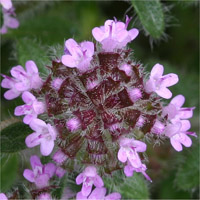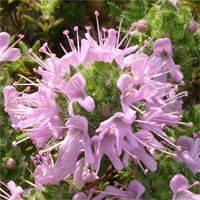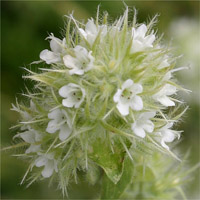| Home |
| News |
| Thymus |
| • Thyme in the Wild |
| • Thyme in the Garden |
| • Nomenclature |
| • Plant Portraits |
| • Species |
| • Cultivars |
| Satureja |
| Hyssopus |
| The Garden |
| Publications |
| LW Plants Catalogue |
| Links |
| Comments |
|
|
Introduction
Thymus is native throughout Europe and much of Asia, from
Scandinavia in the north and the Iberian Peninsula in the south west,
including the islands, eastwards through western and central Europe, the
Mediterranean countries, including north west Africa north of the
Sahara, Turkey, Russia, Mongolia and Japan and as far south as the
Himalaya. Thymus belongs to
the family Lamiaceae and there are around 250 species and subspecies and
over 300 cultivars. Not all thymes are hardy in the UK and these need
winter protection.
Updated April 2010
|



